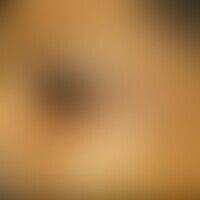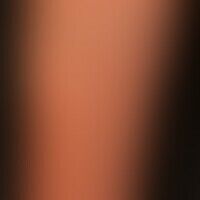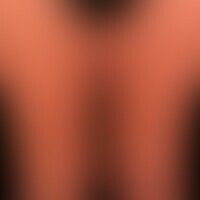
Melanotic spots of the mucous membranes L81.4
Lentigo of the mucosa. Ethnic lentiginosis of the mucosa. No need for therapy.

Hyperpigmentation postinflammatory L81.0

Extrinsic skin aging L98.8
Chronic sun damage of the skin: dry, somewhat atrophic skin with solar lentigines, as well as a few precanceroses of the actinic keratosis type.
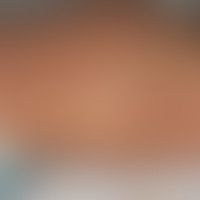
Incontinentia pigmenti (Bloch-Sulzberger) Q82.3
Incontinentia pigmenti, Bloch-Sulzberger type: a few weeks old girl with flat and streaky, inflammatory, in places hardly noticeable blistery skin changes.
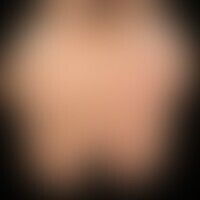
Addison's disease E27.1
Addison's disease: the palms of the previously described patient. pigmentation of the palm lines as well as the finger wrinkles. hyperpigmentation at traumatized areas typical for Addison's disease (here: calluses)

Granulomatosis disciformis chronica et progressiva L92.1
Granulomatosis disciformis chronica et progressiva: Large, hyperpigmented, borderline infiltrated foci with atrophic surface.
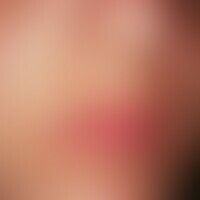
Chloasma gravidarum perstans L81.1

Hyperpigmentation postinflammatory L81.0

Lentigo solaris L81.4
Lentigo solaris: multiple, disseminated, a few millimetres to 1.5 cm in size, oval, roundish or bizarrely configured, sharply defined, yellow-brown to dark brown spots on the back of the hand of a 75-year-old man (convertible driver).
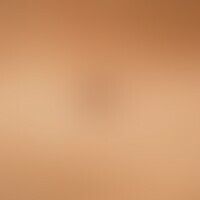
Lentigo maligna melanoma C43.L
Lentigo-maligna melanoma: Irregularly pigmented, bizarrely limited brown spot with a central elevation which is only detectable on palpation.
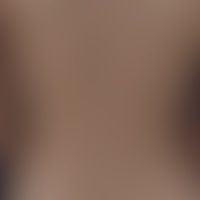
Hyperpigmentation L81.89
Physiological tanning by solarium, reduced pigmentation at the contact points.

Extrinsic skin aging L98.8
Chronic light damage: poikiloderma after years of excessive UV exposure, including hyperpigmentation, depigmentation and numerous precanceroses of the actinic keratosis type.
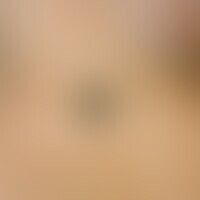
Lentigo maligna melanoma C43.L

Chloasma gravidarum perstans L81.1

Hyperpigmentation postinflammatory L81.0
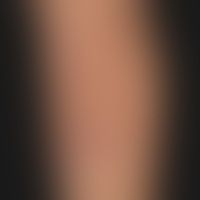
Atrophodermia idiopathica et progressiva L90.3
Atrophodermia idiopathica et progressiva. chronic stationary, map-like spread, brownish spots. the existing skin changes have developed within 2-3 years.
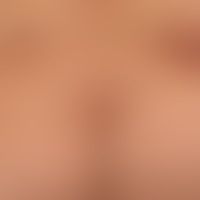
Neurofibromatosis peripheral Q85.0
Type I Neurofibromatosis (peripheral type): Numerous soft papules and nodules; multiple smaller and larger café-au-lait spots.
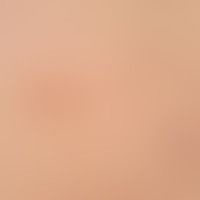
Café-au-lait stain L81.3
Café-au-lait stains: in neurofibromatosis type I. 2 medium brown homogeneously coloured light brown rounded spots.

Maculopapular cutaneous mastocytosis Q82.2
Urticaria pigmentosa: Darkly pigmented maculae and papules, spread over the entire integument, existing for years.


